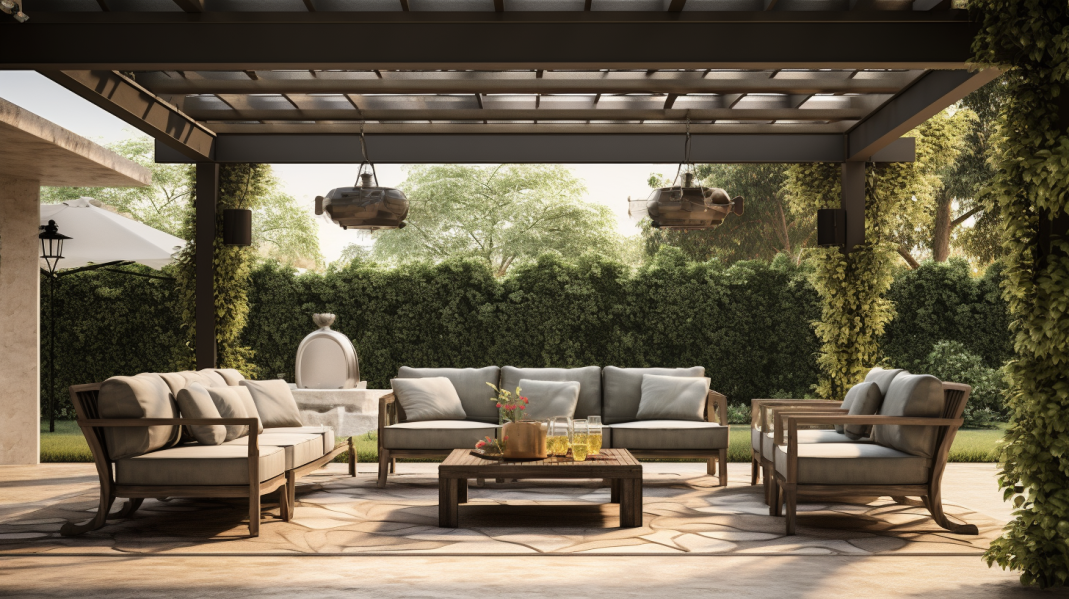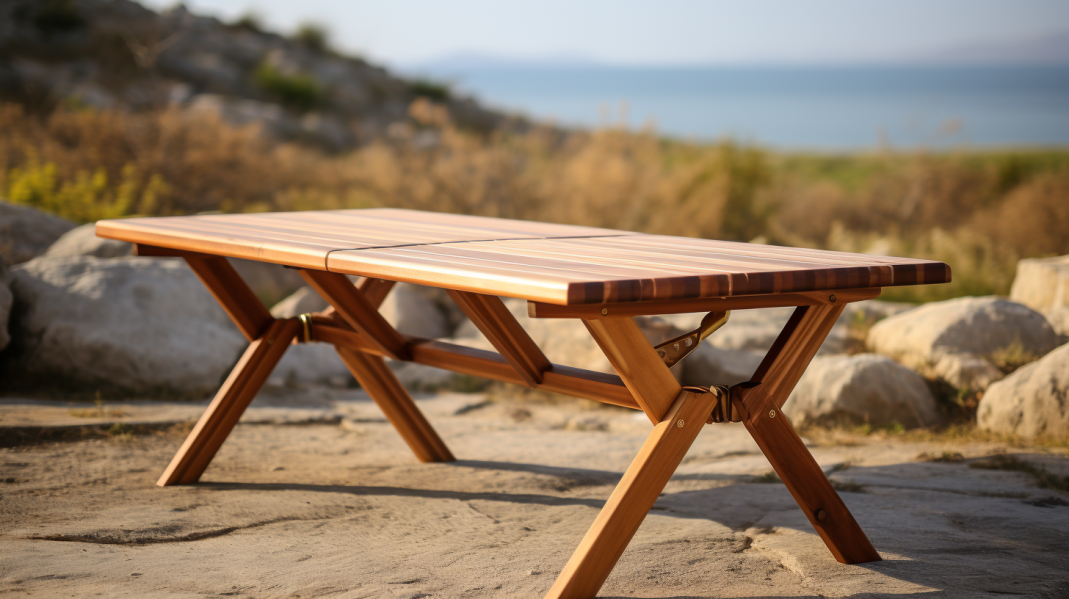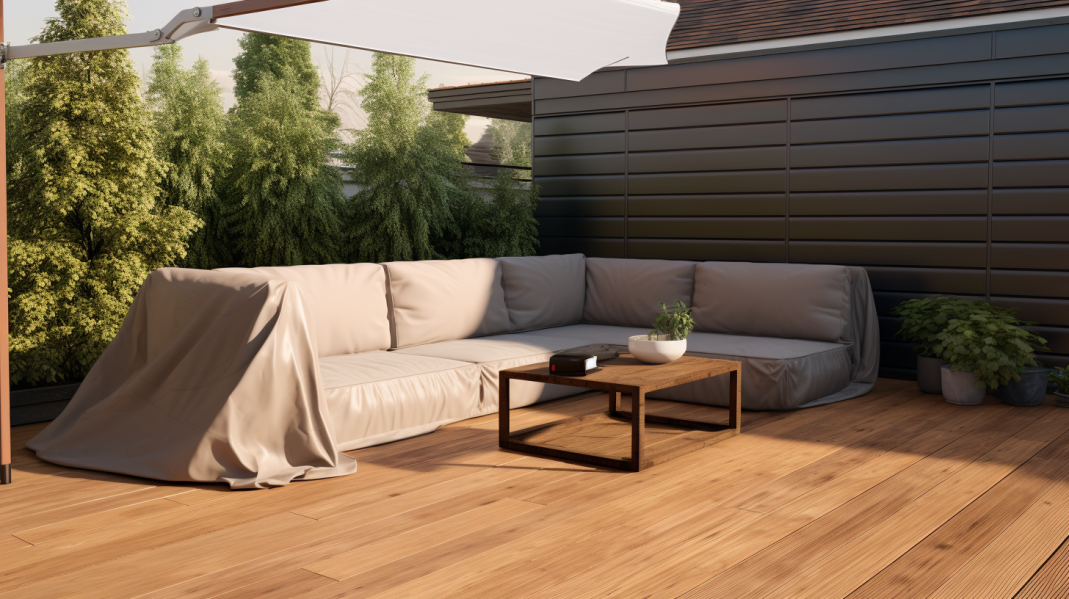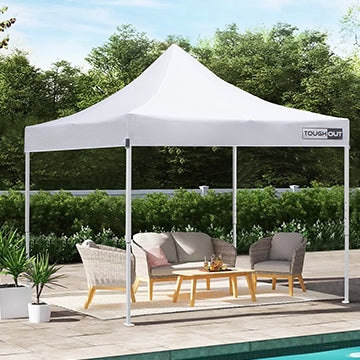Mastering the Art of Outdoor Furniture Maintenance and Cleaning
Outdoor furniture enhances any garden or patio, offering comfort and style. However, its exposure to the elements necessitates consistent care. Understanding proper maintenance techniques is crucial to preserve its allure and extend its lifespan.
Types and Characteristics of Outdoor Furniture
Different Material Features:
Outdoor furniture is crafted from diverse materials such as wood, metal, and plastic, each with distinct properties. Wood, with its natural aesthetic, requires regular treatment to prevent decay and moisture damage. Metal is durable and sturdy but can rust or corrode without proper care. Plastic is affordable and low-maintenance but may lack durability and style compared to other materials.
Suitability for Various Settings:
The choice of outdoor furniture material is often influenced by the environment and climate. Wooden furniture, while visually appealing, might not be the best choice for damp or humid areas unless treated with waterproofing agents. Metal furniture, though resilient, is better suited for areas with less rainfall or with adequate protective measures. Plastic furniture, on the other hand, is versatile and suitable for a variety of climates but may need to be secured in windy conditions due to its lighter weight.

Regular Cleaning and Maintenance Tips
Importance of Regular Cleaning:
Consistent cleaning is vital to maintain the appearance and durability of outdoor furniture. Accumulated dirt and debris not only diminish aesthetic appeal but can also cause surface damage over time. Damp conditions can lead to mold and mildew, especially on cushions and fabric parts.
Cleaning Steps for Different Materials:
For wooden furniture, a gentle cleaning routine involving mild soap and soft-bristled brushes is recommended. Avoid using harsh chemicals or power washing, which can damage the wood. Metal furniture should be cleaned with mild soapy water, thoroughly dried, and occasionally treated with rust-proofing products. Plastic furniture is relatively easy to maintain, often requiring a simple wipe-down with a cloth dampened with soapy water.

Maintenance Strategies for Various Weather Conditions
Protective Measures:
Adapting maintenance strategies based on weather conditions is crucial. In sunny climates, using UV-protective finishes on wood and metal furniture can prevent fading and heat damage. For rainy seasons, waterproof covers can protect against water damage, while ensuring good air circulation to prevent mold and mildew growth. In colder climates, storing furniture indoors or using specially designed winter covers can protect it from freezing temperatures and moisture.
Emergency Weather Handling:
Quick action in response to unexpected weather changes is essential for preserving outdoor furniture. Preparing easy-to-deploy waterproof covers and having a storage plan for quick sheltering during sudden storms can significantly reduce weather-related damage.

Repair and Refurbishment Tips
Minor Repair Tricks:
Addressing common issues like scratches, chips, or fading can often be done at home. Wooden furniture can be rejuvenated with touch-up markers or stains that match the original color. For metal furniture, using rust-resistant paint can restore appearance and protect against further corrosion. Plastic furniture can often be revitalized with specialized cleaners and polishes designed for plastic surfaces.
Refurbishment Advice:
Refurbishing furniture is recommended when it shows signs of wear but remains structurally sound. This might include sanding and re-staining wood, repainting metal with rust-resistant paint, or deep cleaning and polishing plastic. Such refurbishments not only enhance the appearance but can also extend the furniture's life.
Preventative Measures and Long-Term Care
Preventive Strategies:
Effective preventative care is key to long-term maintenance of outdoor furniture. Utilizing furniture covers when not in use, avoiding direct contact with harsh elements, and regular cleaning can prevent most common issues.
Long-Term Maintenance Plan:
Establishing a maintenance routine is essential. A seasonal approach works well - spring cleaning to prepare for outdoor use, pre-winter inspections to address any necessary repairs, and occasional checks for damage or wear. This proactive approach helps identify potential issues before they become major problems, ensuring that your outdoor furniture remains a valuable and enjoyable part of your outdoor living space.


